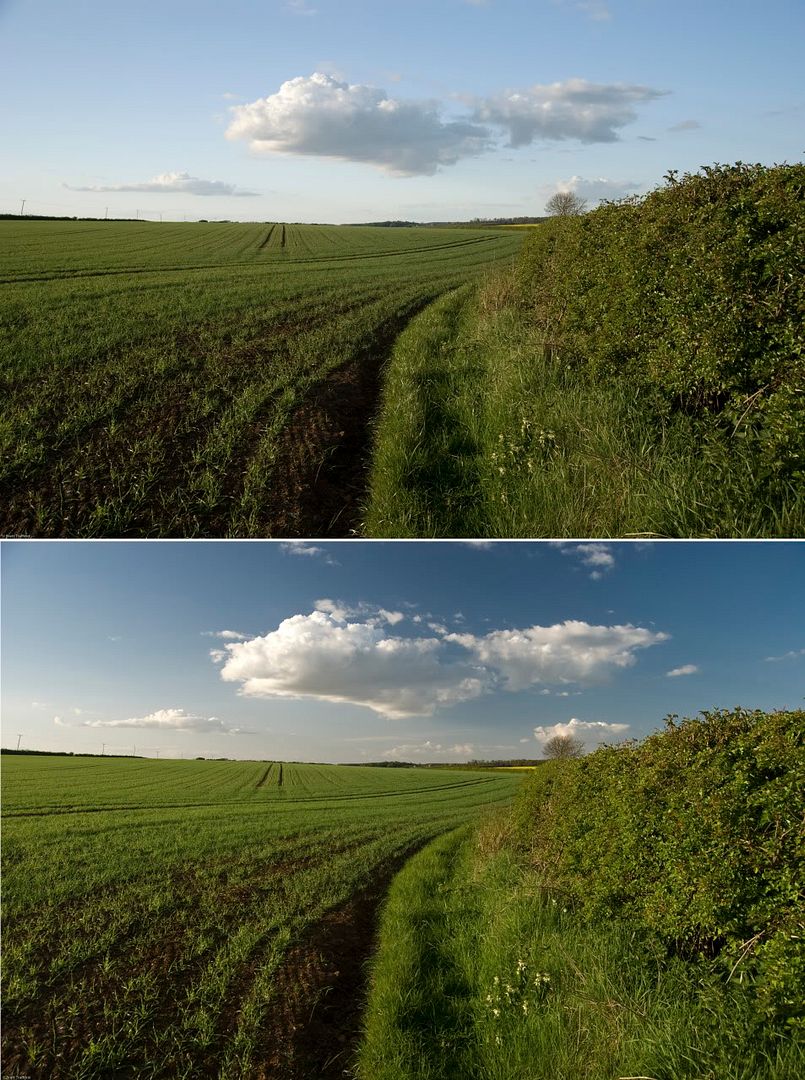My next item of must have kit is a tripod. Tripods are used to prevent camera movement and are necessary when using slow-speed exposures, or when telephoto lenses are used, as any camera movement while the shutter is open will produce a blurred image. In the same vein, they reduce camera shake, and thus are instrumental in achieving maximum sharpness.
The photo demonstrates the difference a tripod can make to a shot, the top shot shows how a slow shutter speed was used to blur the movement in the water, while in the bottom shot the best hand held speed was used to prevent camera shake, but this also froze the water in mid flow.

I have always had a tripod but have only really started to use one on a daily basis over the past couple of months. The reason for this is that they are a pain to carry around and such a faff when you are trying to set it up. Now I have spent a month or so getting used to using one I find that like anything new you do get used to it and the range of shots I can attempt has well made up for the inconvenience of using it.
Tripods come in all shapes and sizes, and can range from a few quid to hundreds of pounds. My advice when buying one is to try to get the use of one first if you can and then you will have a better idea of what you need for your type of photography. When the time comes to buy one try to get the best you can afford, these things don’t change that much over time so a correct purchase could last a life time. If possible go for one that has interchangeable heads, giving you more options in the future, and the heavier the better as they are more stable.








